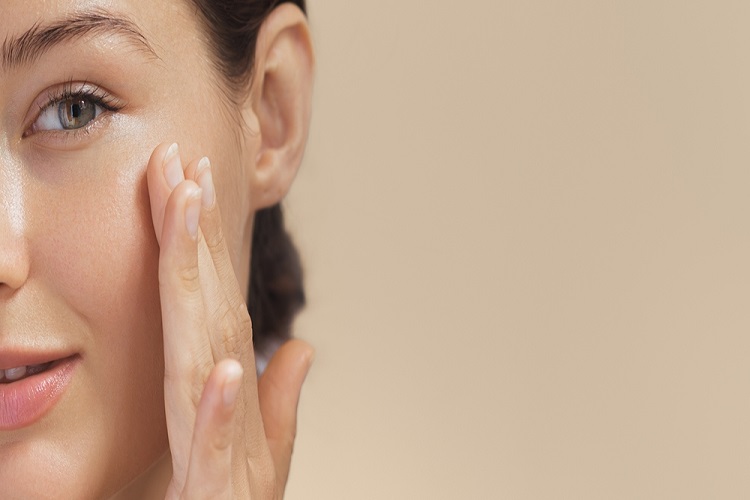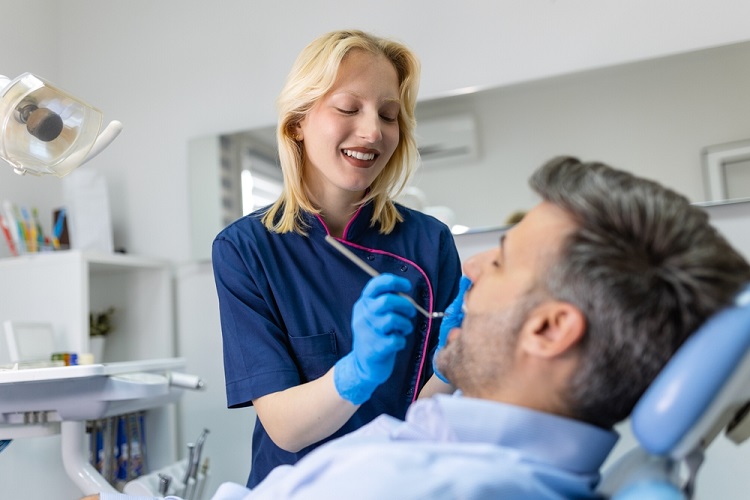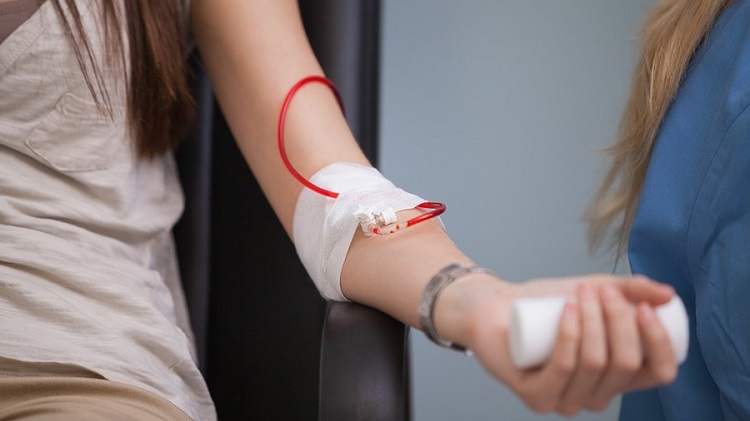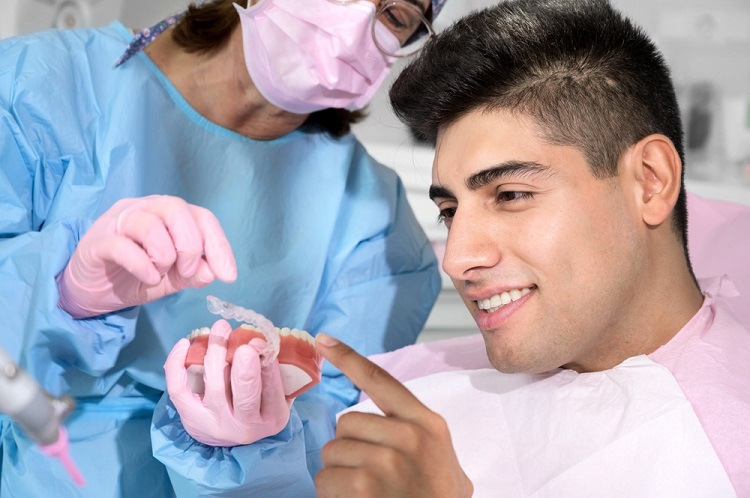CT pulmonary angiography(CTPA) or arteriography is a test performed by doctors to examine the arteries in the human body. CT pulmonary angiography CTPA was introduced in the 1990 as an alternative to ventilation perfusion scanning, which rely on radionuclide imaging of blood vessels of the lung. Because of its minimally invasive nature and high sensitivity and specificity CTPA has evolved into the first line imaging study of the evolution of suspected pulmonary embolism. The method used in this process is to inject the arteries with the contrasting die, this will then allow the arteries to shop in an x-ray. Angiography or arteriography is performed to examine the pressure of blood vessels carrying blood to the lungs. Performing an angiography the doctor evaluates for blockages or narrowing of blood vessels such as a blood clot. In this article you can read about everything to expect when you have to take a pulmonary angiography.
How is a pulmonary angiography performed?
The patient first receives an sedative to help the patient relax during the procedure. Electrodes will be put on your chest. They will connect with wires to the ECG machine. The ECG machine records the electrical activity of your heart. This doctor then monitor your heart rate, blood pressure, and breathing during the procedure. Hair at the site of the catheter insertion in the groin or arm may be trimmed. The skin will be cleaned. A local anaesthetic will be injected into the area. A tube is inserted into one of the patients vein. This tube is called the catheter. The catheter is inserted and advanced up to the vessels in the patient’s lungs. The doctor then injects a contrasting dye for better visualisation of the patients lungs. The pressure measurements are then taken by the doctor. The groin or arm catheter is then removed. Pressure will be applied over the area to stop bleeding. A dressing will be applied to the site of the cut. A small, soft weight may be placed over the site for a period of time. This is to prevent more bleeding or a hematoma at the site.
Why is pulmonary angiography used?
So why is pulmonary angiography performed? Doctors perform a pulmonary angiography if the suspect that there is a blockage in your pulmonary or lungs or vessels. Pulmonary angiography is also performed for other issues in the human body such as a potential clot or even a Pulmonary artery aneurysm. In some cases, some people are born with narrow blood vessels in and around the lungs which main manifest in heart issues and shortness of breath while playing and running etc. Doctors perform angiography to examine cases such as this. There are many hospitals where you can get a CT pulmonary angio scan in Bangalore.
The risk associated with pulmonary angiography
There are not many serious complications from procedures such as this. Although there are less such as bleeding, infection, puncture of lung vessels etc. Pregnant women are not supposed to take pulmonary angiography as the x-rays in this treatment carry some amount of risk to the foetus. Some patients also tend to have allergic reactions or decreased kidney functions which is caused by the dye, which can be a problem if you are under certain medications. Make sure that you discuss everything with your doctor. There are also other apps like injuries in the blood vessels during the insertion of the catheter. But do not worry keep in mind that your doctor is well aware of this risk and will know exactly what to do if anything goes wrong. Another risk is exposure to radiation. Fluoroscopy uses much more radiation than single X-rays. Tests that use radiation can increase your risk of getting cancer.
What you should do before your pulmonary angiography
The doctor will give you the specific instructions on how you should prepare yourself before a pulmonary angiography. The doctor will instruct you to fast for 6 to 8 hours before the procedure. This is done to avoid any nauseous feeling all vomiting during the procedure. Make sure you inform your doctor about any medical conditions all medication that you are taking. It is important to tell your doctor about if you are pregnant or any other situation such as this. This is because the X-rays can be really harmful to the foetus. Also, find out the cost of CT pulmonary angio scan in Bangalore.
Post procedure care
After the procedure, you will be moved to a recovery room for 1 to 2 hours. During recovery your blood pressure, pulse, and breathing will be monitored. The groin or arm puncture site will be checked for bleeding. You will be instructed to keep your leg or arm straight to avoid any bleeding. You will be given painkillers to help with the pain. The doctor may advise you to go home the same day or ask you to stay overnight. When you get discharged, make sure somebody drives you home safely. At home, you can go back to your normal diet and activities if instructed by your doctor. It is important to drink plenty of water as it help flush out all the contrast dye from your body. Don’t do strenuous physical activity for a few days. Put off gym or dance classes for the next week. Don’t take a hot bath or shower for a day or two. Make sure you check the puncture site in your groin or arm several times a day. Check for bleeding, pain, swelling, change in colour, or change in temperature. A small bruise is normal. A small amount of blood is also normal.
If you are experiencing any discomfort or other problems such as the ones mentioned here, call your doctor.
- Fever of 100.4°F (38°C) or higher, or as directed by your doctor.
- Redness or swelling of the groin or arm site( the site where the catheter was inserted)
- A lot of blood at the groin or arm site or even a big clot.
- Any abnormal pain, chillness, numbness, tingling sensation, or loss of function in your arm or leg.
Your doctor or specialist may give you other instructions after the procedure.










Comments